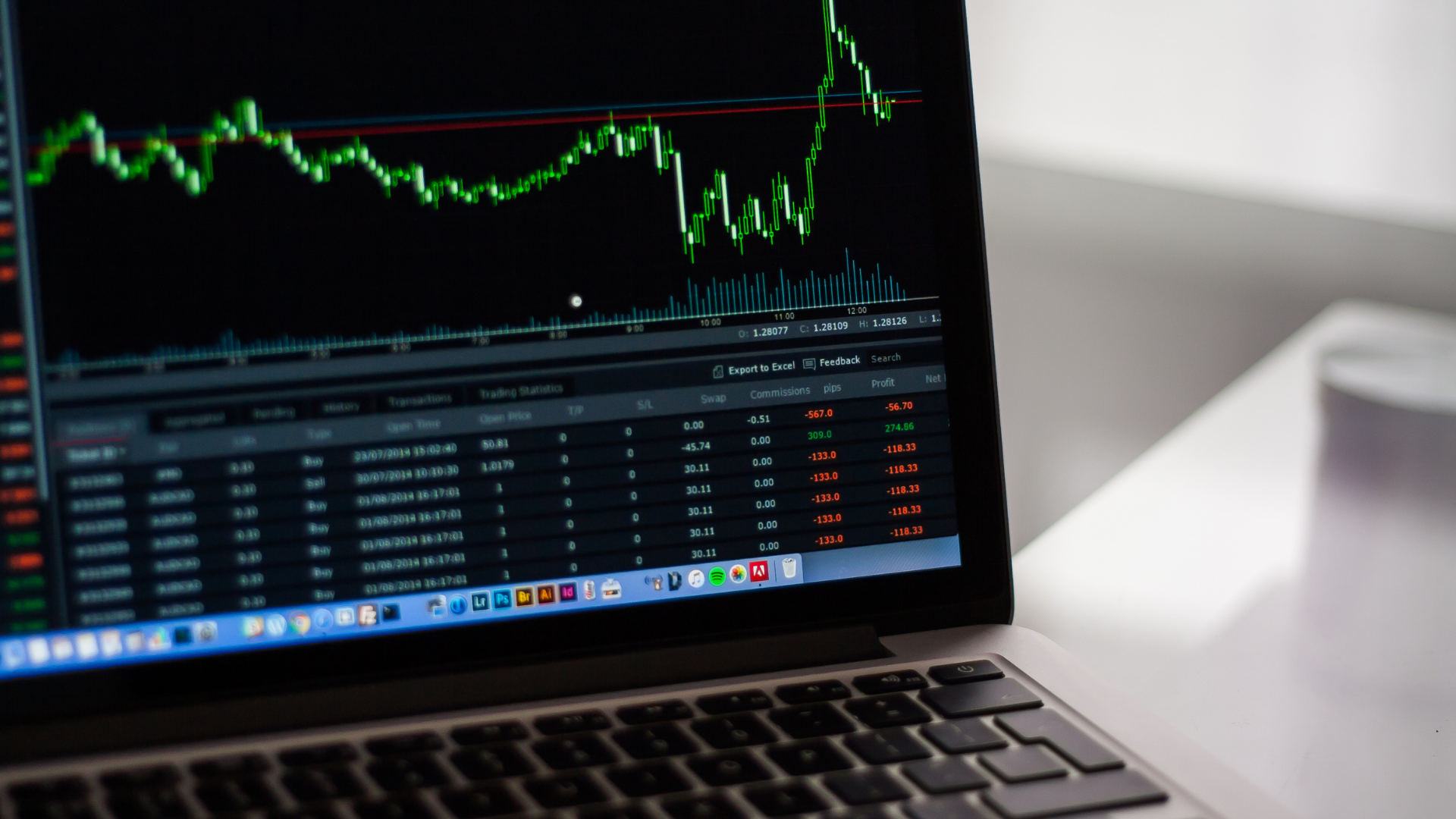Margin trading is a powerful and widely used practice in financial markets that involves using borrowed funds, known as margin, to trade a financial asset. Essentially, it allows investors to control a larger position in a security than what would be possible with their available capital alone. The primary goal of margin trading is to amplify potential returns on investment by leveraging this borrowed capital. While it offers the opportunity for increased profits, it’s crucial to understand that it also involves significantly higher risks, as losses can potentially exceed the initial investment.
How Margin Trading Works
The mechanism of margin trading begins when an investor borrows money from a broker to purchase securities. This borrowed money, combined with the investor’s own funds (known as the initial margin), forms the total capital available for trading. This practice provides leverage, meaning a small amount of an investor’s own capital can control a much larger position; for example, with 10:1 leverage, $1,000 of an investor’s capital could control $10,000 worth of securities. To engage in margin trading, an investor must open a special margin account with a brokerage firm, which allows them to borrow funds against the value of the securities they hold. The initial margin is the percentage or amount of the total purchase price of a security that the investor must pay from their own funds, acting as a down payment and collateral. After a trade is executed, the maintenance margin is the minimum amount of equity that an investor must maintain in their account. If the account’s equity falls below this level due to adverse market movements, it triggers a margin call, where the broker demands additional funds or the sale of assets to restore the required level. Failure to meet a margin call can result in the broker forcibly liquidating positions. Investors are also charged interest on the funds they borrow, known as the “margin rate,” which can vary.
Benefits and Risks of Margin Trading
Margin trading offers several benefits, primarily the potential for amplified returns on a smaller initial capital outlay. It provides increased purchasing power, allowing investors to take larger positions, and can even enable diversification by purchasing a wider range of assets with limited capital. However, these benefits come with significant risks. Just as profits are amplified, so too are losses, meaning a small percentage drop in the asset’s value can lead to a substantial percentage loss on the initial investment, potentially exceeding the original capital. The risk of receiving a margin call and being forced to liquidate positions at a loss is a significant concern, especially in volatile markets. Additionally, the interest costs on borrowed funds can erode potential profits, and the liquidation risk means brokers can liquidate assets without prior notice if a margin call is not met, potentially leading to substantial losses for the investor.
In conclusion, margin trading is a sophisticated investment strategy that offers significant opportunities for leverage and amplified returns in financial markets. However, it comes with inherent higher risks including margin calls and the potential for losses exceeding initial investment. It is typically recommended for experienced investors who possess a thorough understanding of market volatility, risk management, and the specific mechanics of borrowed capital in trading.
Start Trading with Orient Futures Singapore
Being an Overseas Intermediary of Shanghai International Energy Exchange (INE), Dalian Commodity Exchange (DCE), and Zhengzhou Commodity Exchange (ZCE), when foreign clients participate in internationalised futures contracts in these Chinese markets with us, they have direct access to trading, clearing, and settlement. Our parent company, Shanghai Orient Futures, is the largest broker in terms of aggregated volume across the five regulated exchanges in China.
Orient Futures Singapore also currently holds memberships at the Singapore Exchange (SGX), Asia Pacific Exchange (APEX), and ICE Futures Singapore (ICE SG). Starting August 2023, corporate clients can also gain access to the B3 Exchange through us, opening additional trading avenues.
Expect streamlined processes and an easy-to-use interface designed for minimal latency, accompanied by our team’s round-the-clock availability on trading days to provide assistance for all your trading needs.



